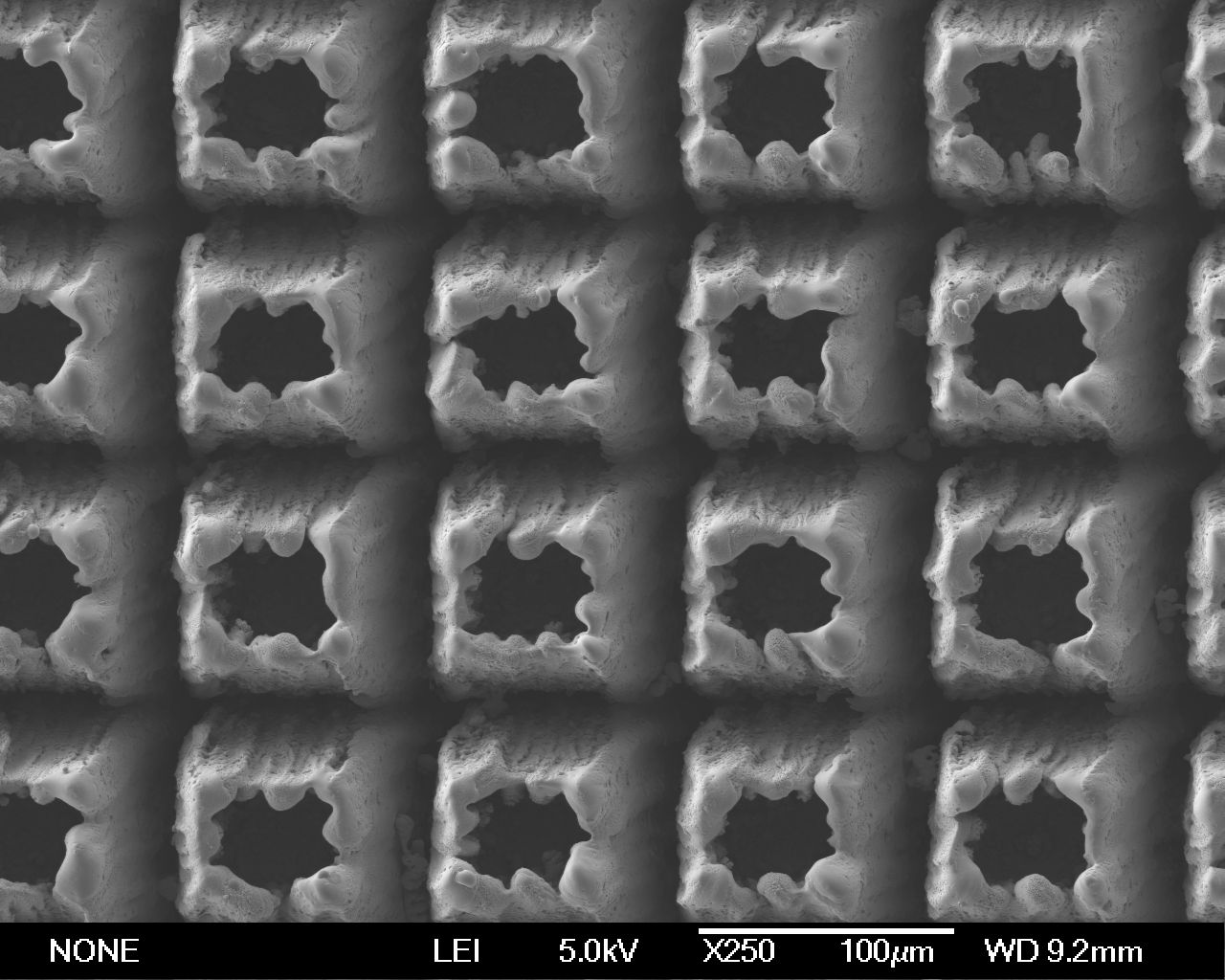Jointly developed by researchers from the University of Dundee and the Science and Technology Facilities Council (STFC), the technology - which is known as LESS (Laser Engineered Surface Structures) - could increase the range of experiments possible on the LHC by helping to clear the so-called “electron cloud”: a cloud of negative particles which can degrade the performance of the primary proton beams that circulate in the accelerator.

Prof Amin Abdolvand, Chair of Functional Materials & Photonics at the University of Dundee explained that current efforts to limit these effects involve applying composite metal or amorphous carbon coatings to the inner surfaces of the LHC vacuum chambers. However these processes are expensive and time consuming.
With CERN preparing to upgrade the collider to use proton beams that double the intensity of the current ones, it is looking to reduce the electron cloud problem to much lower levels. The LESS method, which uses lasers to manipulate the surface of metals, could be the solution to this.
Tests have shown that it is possible to reformulate the surface of the metals in the LHC vacuum chambers to a design that under a microscope resembles the type of sound padding seen in music studios. The surface can trap electrons, keeping the chambers clear of the cloud.
Initial tests at the Super Proton Synchrotron, the LHC injector, have shown the LESS method is very effective at controlling the electron yield, as electron clouds have been fully eradicated.
Peter McIntosh, Deputy Head of STFC ASTeC (Accelerator Science and Technology Centre), added “The LESS method should yield many successful applications in the future; this is just one opportunity that will have a dramatically positive impact for the LHC and its High Luminosity configuration.





Project to investigate hybrid approach to titanium manufacturing
What is this a hybrid of? Superplastic forming tends to be performed slowly as otherwise the behaviour is the hot creep that typifies hot...